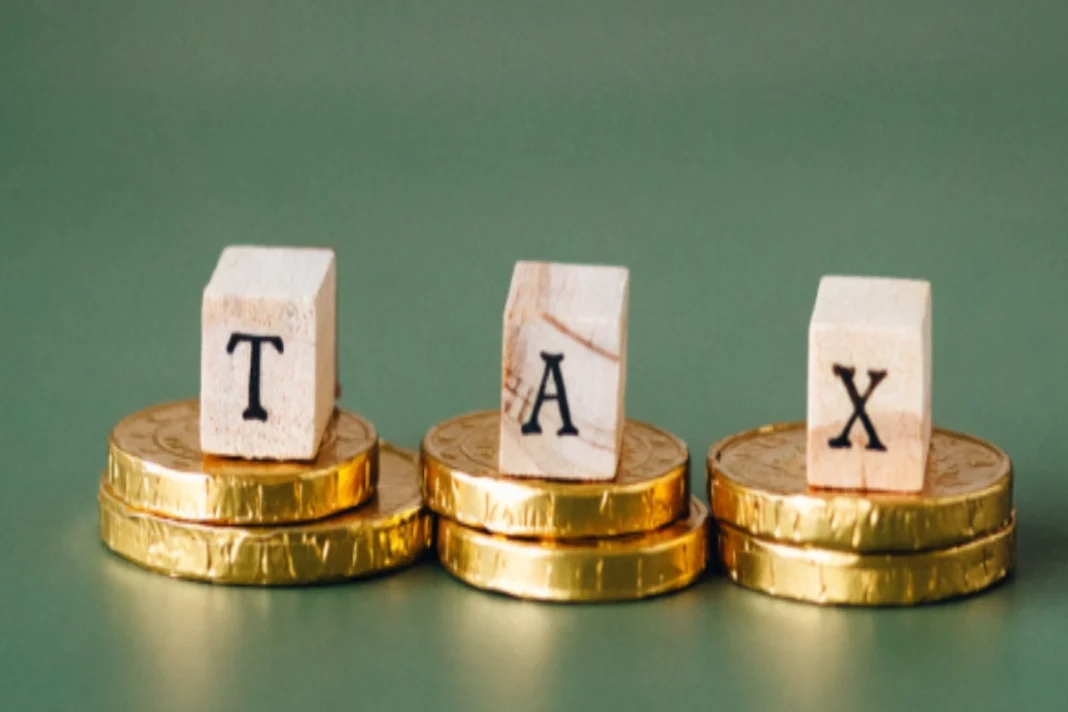Income Tax News: If you believe you’ve been paying a big amount of your income in taxes, it’s presumed you haven’t been handling your taxes effectively. There are several techniques for minimising your tax burden that provide tax breaks and other benefits. Section 80C, Section 80CCC, and Section 80CCD deductions are among the most feasible tactics to use in fiscal year 2023. If a person invests in the items specified in Sections 80C-80CCC, they may be eligible for several deductions:
Diversified Investment Portfolio
People frequently invest in financial goods such as PPF Accounts, Pension Plans, Life Insurance Policies, NSCs (National Savings Certificates), 5 Year Tax Saving Fixed Deposits, and others. Citizens can only deduct a maximum of Rs. 1,50,000 under any of the three clauses of Section 80CCD.
The Need for Health Insurance
As the cost of medical treatment rises, everyone now needs health insurance to help with emergency medical expenditures. For example, if you pay health insurance premiums, you can deduct the cost of your basic health insurance as well as premiums for top-up plans and critical illness insurance under section 80D, allowing you to save up to Rs. 15,000-20,000. The entirety of health insurance premiums paid during a fiscal year is eligible for a tax deduction under Section 80D of the Income Tax Act of 1961. If you are a HUF (Hindu United Families) member under the age of sixty, your tax deductions vary from Rs. 25,000 to Rs. 50,000 (formerly Rs. 30,000).
Exploring Section 80GG
Section 80GG permits renters to deduct certain living expenditures. However, only those who are not salaried and do not get an employer-provided House Rent Allowance (HRA) are eligible for this tax break. People may save money if they can deduct HRA from their taxes. If a person pays more than Rs. 1 lakh in total rent per year, they are required to present documents, such as the PAN card of the home’s owner or a lease agreement.
Boosting NPS Contributions
Anyone who contributes to the National Pension Scheme under Section 80CCD may claim an additional deduction of Rs. 50,000.
Provident Fund (PF) Contributions
With the help of the Provident Fund (PF), a long-term goal is being developed. Tax deductions for PF deposits are allowed under Section 80C up to Rs. 1,50,000.
Tax-Saving Fixed Deposits
Tax-saving fixed deposits allow tax discounts on investments up to Rs. 1,50,000 under Section 80C. With favourable interest rates, a desirable sum can be obtained. A 5-year lock is tied to the deposit.
Tax Benefits for Education
The interest on student loans is still tax-free for the borrower, spouse, and children under Section 80E. Individuals may deduct only the amount of interest paid, not the principal amount.
Tax Exemption for Specific Households
This status is shared by Hindu undivided families (HUFs), Sikhs, and Jain households. Section 10 (2) clearly states that the money received from these families is exempt from taxation. Individuals are authorised to deduct tax from their take-home pay and deposit the proceeds in a HUF account under this strategy. As a result, the money paid will not be taxed.
Equity-Linked Savings Scheme (ELSS)
To qualify for section 80C deductions up to Rs. 1,50,000, you can invest in an equity-linked savings scheme (ELSS) through mutual funds. Because it mixes stocks with tax benefits, ELSS is the most effective entry point into equity. As a result of the tax breaks, your money grows when the stock market rises. Profits in ELSS are thus considerable. The lock-in time of three years is likewise the shortest of any option.
Reducing Long-Term Capital Gains
Long-term capital gains taxes can be reduced for taxpayers who sell a long-term capital asset and then reinvest the proceeds in certain financial instruments. Long-term capital assets are assets that the taxpayer has owned for more than three years.
Keep watching our YouTube Channel ‘DNP INDIA’. Also, please subscribe and follow us on FACEBOOK, INSTAGRAM, and TWITTER


